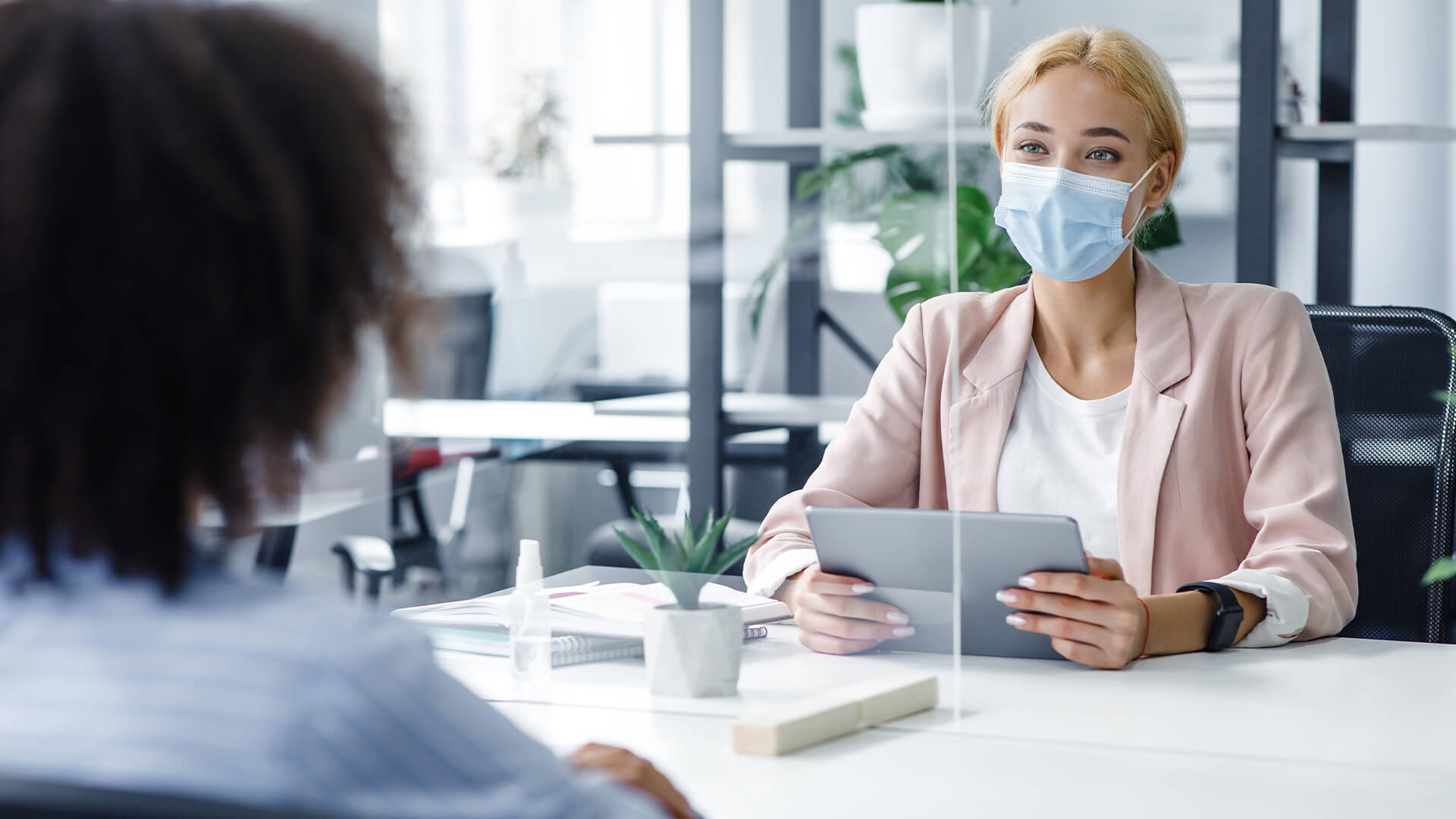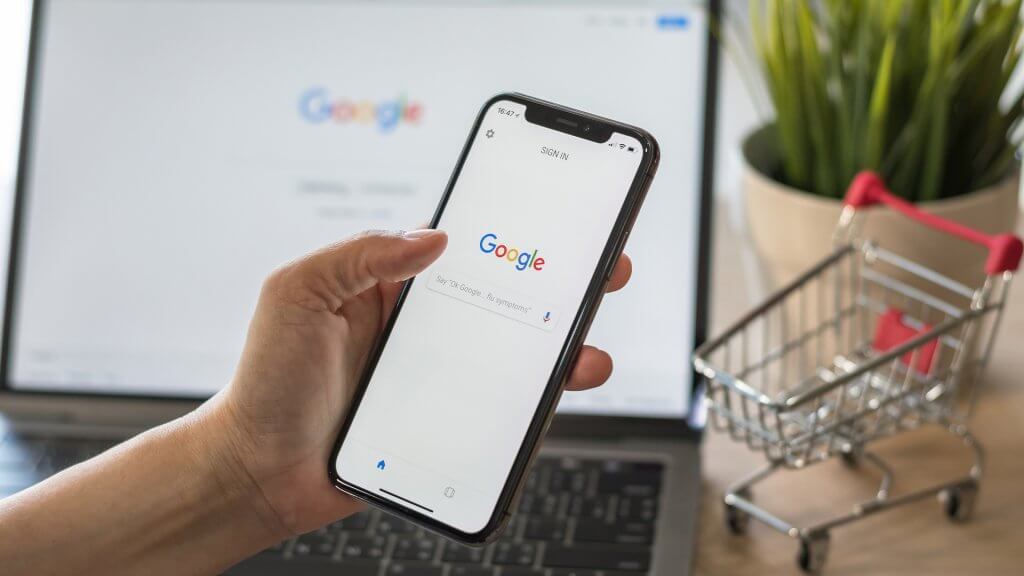The global pandemic had forced companies to take a closer look at their office designs. In the age of social distancing, shared spaces and frequently touched surfaces are major concerns. While all employers are searching for ways to adapt, customer-facing businesses are especially concerned.
Here are five design changes workplaces made in response to the pandemic and how they help to minimize risks.
1. Glass Barriers and Coverings
By now, you’ve surely noticed the implementation of plexiglass in most workplaces. It’s most common in retail stores like supermarkets where cashiers are close to customers. However, offices have also begun implementing them in the design to separate cubicles and provide barriers. These covering minimize the spread of bacteria and particulates by creating a physical barrier between people.
While the jury is still out on its effectiveness, it has given employees and customers a sense of security. For businesses to maximize this design change, the glass barriers should be large enough to block transmittable fluids from people talking, coughing or sneezing. In combination with social distancing and mask-wearing, these coverings can help to minimize risks.
2. Antimicrobial Flooring
Have you ever thought about the germs and bacteria that exist on the bottoms of your shoes? As you walk, the bacteria and fungi spread to various parts of the floor. If the flooring is porous, these germs can grow and fester. Having clean and hygienic surfaces should be a priority — especially in healthcare facilities.
Therefore, many businesses and healthcare establishments have begun implementing antimicrobial flooring in their workplace design. When appropriately installed, antimicrobial floor coverings seal the porous surfaces and prevent microbes from spreading. This durable flooring can resist wear from foot-traffic and withstand rounds of cleaning and sanitizing.
3. Air Filtration Systems
Air purifiers and filtration systems pull air from workplaces into a device to filter out dust, allergens, particulates and bacteria. It then releases the clean air back into the workplace. These systems are especially useful in office spaces that receive little fresh air from the outdoors.
Since droplet transmission plays a significant role in the spread of COVID-19, implementing an air filtration system can reduce disease spread. You can find these devices in most commercial aircraft and office buildings.
4. Automated Features
Implementing automated features in your workplace design will reduce the number of surfaces employees touch. More specifically, many businesses have installed automated doors and bathroom features. By utilizing sensors, these products operate hands-free and reduce shared touch-points in the workplace. Automatic features have become popular in every industry and are easy to install.
5. Virtual Connectivity
Many people are working from home and connecting with co-workers in the office. As this trend becomes more popular, businesses must have the correct systems to support this connectivity level. This could involve upgrading workstations, virtual integration and online assistance.
Office workplaces are prioritizing these design changes more than retail stores or labor-intensive positions. Companies where employees can complete their work remotely might find greater value in this upgrade than major physical office adaptations.
The Future Is Uncertain
These are five design changes in workplaces that you can implement at your place of business. While the pandemic may have forced people to change their strategies, companies can still succeed when they take precautions.








